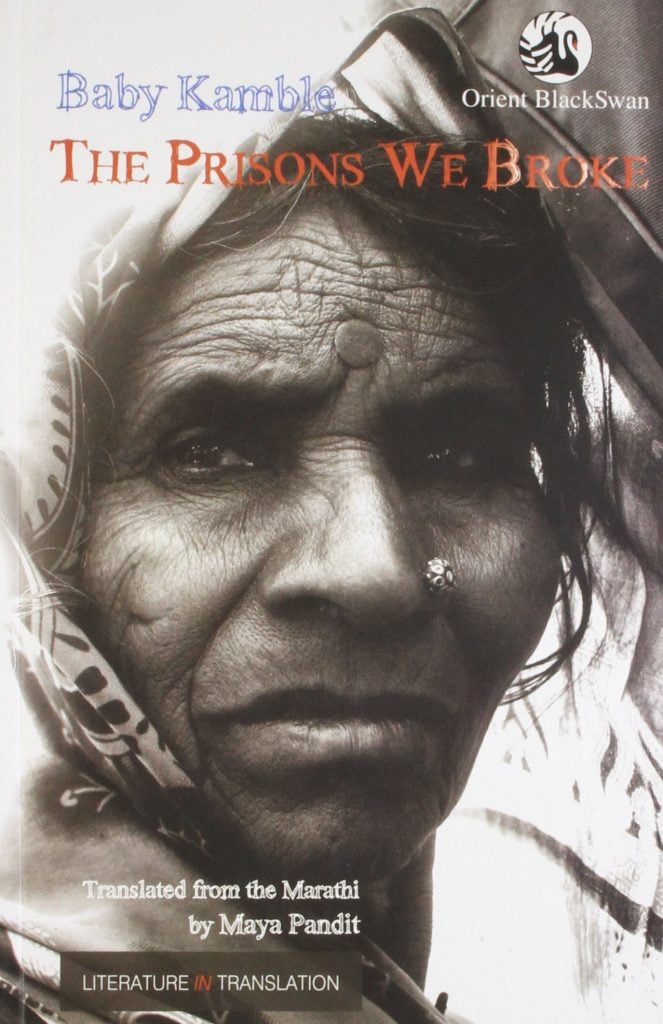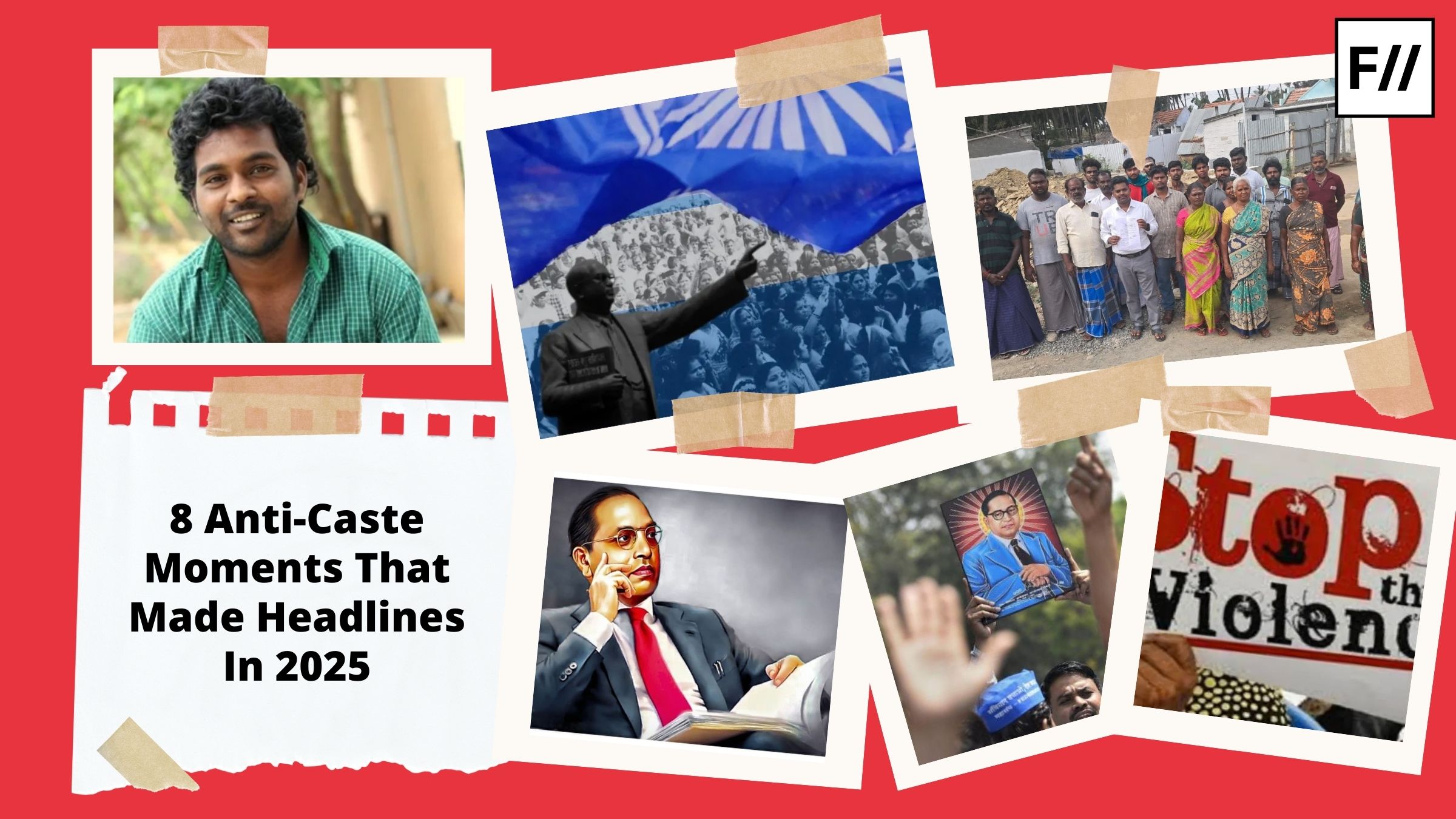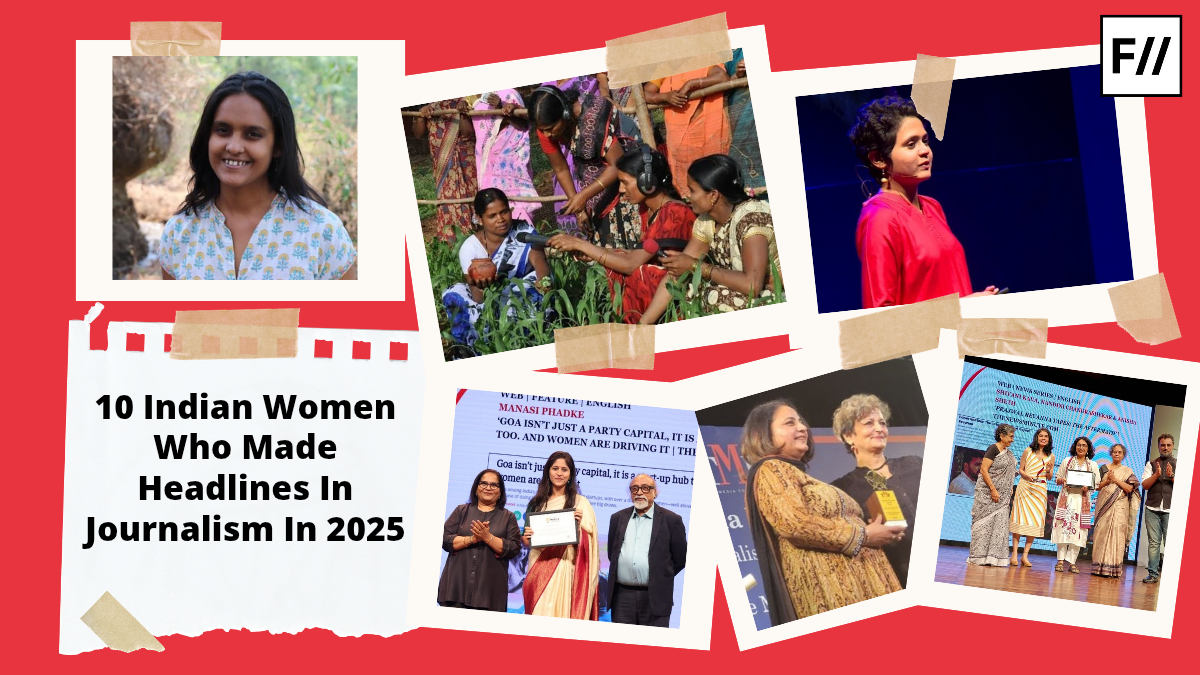Anand Teltumbde, an activist and a major advocator of Dalit rights in India, evocatively points out that the “Indian culture is nothing but caste culture.” He adds that “this culture externalises the responsibility of maintaining cleanliness to a particular caste. It stigmatises [their] work as unclean and workers as untouchables,…, enabling people to derive a sense of [upper-caste] superiority in littering the place, expecting it to be cleaned by the lower-caste scavenger.”
The story of these “lower-caste scavengers” becomes the focal point of the autobiographical accounts of Dalit writers Babytai Kamble and Omprakash Valmiki, thereby documenting the casteist nature of the food systems in India. Their narratives in “The Prisons We Broke” and “Jhoothan” respectively, are a shameful reminder of how Dalits in India have been dehumanised on an everyday basis, especially through acts such as the daily scavenging and the routinised consumption of jhoothan (leftovers).
Understanding Jhoothan
The literal meaning of the term jhoothan refers to the uneaten food that is left on the plate and is eventually thrown into garbage bins. However, the actual reality behind this term is hardly as simple because food is considered to be jhoothan only if someone else consumes it. In this context, Rosanna McLaughlin explains that the consumption of jhoothan is a caste-based practise that “specifically refers to [the eating of the] leftovers from the plates of upper-caste people,… scraps of food that would usually go into the dustbin..”
Hence, the word jhoothan points to the social practice of the consumption of leftovers by the Dalits based on the hierarchical Varna system that subjects them to incessant torture, poverty, and disgrace at the hands of the upper-caste Savarna people.

Therefore, originating from the word jhootha in Hindi, jhoothan (leftovers) encapsulates notions of pain and humiliation experienced by the Dalits on account of their caste identity. In doing so, this term is laden with connotations of ritual purity and pollution because leftovers are treated as an extremely sensitive category in Hindu thought and philosophy. “Eating leftovers carries the risk of moral degradation, biological contamination and loss of status,” opines the anthropologist, Arjun Appadurai.
These notions are poignantly articulated within Omprakash Valmiki’s autobiography titled Jhoothan (2003) wherein several narratives suggest that the lives of the Dalits in the village of Barla in Uttar Pradesh were embedded in an inherent relationship with the consumption of leftovers of the upper-caste Hindus. In doing so, Valmiki highlights how the caste-based social structure in India forced the Dalits to not only rely on jhoothan but to relish it.
In this vein, Babasaheb’s writings demonstrate the fact that upper-caste villagers could not tolerate the decision of the Dalits to not accept joothan and instead threatened them with violence if they refused it. Similarly, Babytai Kamble’s “The Prisons We Broke” (2017), which was published in Marathi under the title Jina Amucha, is a reminder of the existence of caste-based politics around food and eating in India by underlining how oppression was inflicted on the lives of the Mahar community.
Structural violence through food and eating
Babytai Kamble observes in her autobiographical memoir that while the bullocks were given grass to eat and were allowed to stay on the courtyards of the upper-caste people, the Mahars were merely given leftovers. She writes, “We ate the leftovers without complaining and laboured for others…. Our place was in the garbage pits outside the village, where everyone threw away their waste….The leftover food would be thrown into the blanket that [the Mahar] spread as a makeshift bag.” The usage of the word “thrown” in this context indicates the notion of erstwhile untouchability that is inseparably intertwined with Dalit identity in India.

Further underlining such incidents, Kamble mentions that the Mahar was expected to ring a bell to announce their arrival. She writes that “if the men sitting down for their dinner heard the Mahar’s voice, they would have to discard their meal and get up. But if they heard just the sound of his bell, they could finish their meal. His voice could pollute but not the sound of his bell!” This shows that Dalits have been treated as polluted beings whose touch, voice, or even shadow is believed to carry the ability to pollute upper-caste people. Therefore, not only did the upper-caste people expect Dalits to consume leftovers but also managed to transform the body of the Dalit into the leftover or the jhoothan, a figure of moral degradation, biological contamination, and loss of status – tainted by the touch of impurity and pollution.
Additionally, even though erstwhile untouchability prevents the upper-caste people from coming in contact with their Dalit counterparts or providing them with food in a dignified manner, it unfortunately, does not make the Savarnas even slightly reluctant before consuming the labour of the same ‘untouchable,’ Dalits. “The Prisons We Broke” is replete with various episodes which indicate that the Mahars were expected to work continuously to ensure that upper-caste marriage ceremonies happened smoothly without even being given any remuneration in exchange for their labour. She writes, “After having worked for hours on end, he (the Mahar) would be feeling terribly hungry, but somehow he would try to satiate his hunger with his own saliva. With utmost humility, he would bend before the master, saying Jee dhani, jee dhani. The master would then command him, ‘First sweep the pandal clean. Then you can take away those two baskets of leftover food.'” This shows that the upper-caste people enjoyed full liberty to consume the Dalit person’s labour while completely rejecting his body and his entire being.
Through the documentation of this Dalit food culture that has hinged on scavenging and consuming jhoothan, these memoirs challenge the portrayal of the Dalits as silent spectators who cannot speak about their oppression and instead provide them with a language, a vocabulary and a platform to speak out against the violence inflicted on their bodies and minds in their voice.
What is particularly distressing in this context is that leftover food gets treated as a form of payment for the labour that is given by the Dalits. To articulate a similar context Valmiki writes in ‘Jhoothan” “After the bridegroom’s party had eaten, the dirty pattals, or leaf plates, were put in the Chuhras’ baskets, which they took home, to save the joothan that was sticking to them. The little remnants of pooris, puffed bread; bits of sweetmeats; and a little bit of vegetable were enough to make them happy”. Therefore, these autobiographical accounts highlight not just the politics of the consumption of leftovers but also draw our attention to the unfortunate fact that leftover foods were the only things given to the Dalits in exchange for their back-breaking labour. The usage of food as a form of payment and in turn the absence of money as a legitimate remunerative object is extremely striking in these instances of Dalit lives, histories and memories.
Resisting the Brahmanical domination
While Dalit literature, particularly autobiographical accounts like the ones written by Omprakash Valmiki and Babytai Kamble act as poignant reminders of how Dalit lives, histories and memories around food and eating get deeply linked with notions of disgrace, degradation and deprivation, these articulations must also be seen as symbols of direct self-assertion whereby they manage to confront Brahmanical hegemony with immense vigour and resilience. Through the documentation of this Dalit food culture that has hinged on scavenging and consuming jhoothan, these memoirs challenge the portrayal of the Dalits as silent spectators who cannot speak about their oppression and instead provide them with a language, a vocabulary and a platform to speak out against the violence inflicted on their bodies and minds in their voice.
References
- Appadurai, Arjun. 1988. ‘How to Make a National Cuisine: Cookbooks in Contemporary India’ Comparative Studies in Society and History, Vol. 30(1): 3 – 24.
- Kamble, Baby. 2017(2008). The Prisons We Broke. Translated by Maya Pandit. Hyderabad: Orient Blackswan.
- McLaughlin, Rosanna. 2018, August. Rajyashri Goody: Eat with Great Delight. https://www.studiointernational.com/index.php/rajyashri-goody-interview-eat-with-great delight-dalit-caste-system (Last accessed on 9th February 2023).
- Teltumbde, Anand. 2014. ‘No Swachh Bharat without Annihilation of Caste’ Economic and Political Weekly, Vol. 49(45): 11 – 12.
- Valmiki, Omprakash. 2003. Jhoothan: A Dalit’s Life. Translated by Arun Prabha Mukherjee. Kolkata: Columbia University Press.




